Australian retail sales remained challenging in July 2024 with modest growth of 2.3% compared to the same month last year according to the latest data from the Australian Bureau of Statistics (ABS). It revealed July’s retail spending totalled $36.1 billion nationwide, compared to $35.3 billion in July 2023.
‘Other retailing’ – including cosmetics, sports and recreational goods – saw the strongest growth in July (up 5.5%) year-on-year along with the staple category of food (up 3.2%) and Household goods (up 1.5%). Clothing, footwear and accessories (up 0.5%) and Department stores (up 0.1%) showed marginal growth. However, Cafes, restaurants and takeaway services (down 0.3%) declined year on year.
Australian Retailers Association (ARA) CEO Paul Zahra said the pockets of marginal growth in discretionary categories in July were bolstered mainly by the continuation of mid-year sales.
“Last month, Australians continued to shop on price and value as we saw in the End of Financial Year Sales. Households continue to prioritise essentials like food but also focused on small personal luxuries – cosmetics, sports and recreational goods.
“As tough times continue, we are seeing the so-called ‘lipstick effect’ play out – where people are having to do more with less. There are trade-offs in this budget-conscious environment and in July we saw people replacing dining out with food from their local supermarket, allowing some spending on personal luxuries.
“This remains one of retail’s most difficult years – with a continued slowdown in discretionary spend, high business costs and inflation along with ongoing challenges such as retail crime, supply chain disruptions, and the most significant workplace relations reforms in decades.
“Whilst there is great resilience within retail, we know there are many businesses in the sector especially small businesses. The ARA continues to call for a targeted government support for vulnerable retailers who contribute to the nation’s $420bn retail sector.
“Discretionary retailers will be counting on the peak season ahead to replenish their cash reserves. Major shopping events in coming months include Halloween, Black Friday and Cyber Monday and the festive period, which will hopefully provide a much-needed boost to the industry,” said Mr Zahra.
| CATEGORY | July 2023 | July 2024 | CHANGE |
| Food | $ 13.993 billion | $ 14.439 billion | +3.2% increase |
| Household goods | $ 5.738 billion | $ 5.824 billion | +1.5 % increase |
| Clothing, footwear, accessories | $ 2.966 billion | $ 2.981 billion | +0.5 % increase |
| Department stores | $ 1.879 billion | $ 1.880 billion | +0.1% increase |
| Cafes, restaurants, takeaway | $ 5.391 billion | $ 5.372 billion | – 0.3% decrease |
| Other | $ 5.365 billion | $ 5.664 billion | +5.5 % increase |
| Total | $ 35.333 billion | $ 36.161 billion | +2.3 % increase |
| STATE | July 2023 | July 2024 | CHANGE |
| New South Wales | $ 11.067 billion | $ 11.197 billion | + 1.2 % increase |
| Victoria | $ 9.107 billion | $ 9.316 billion | + 2.3 % increase |
| Queensland | $ 7.222 billion | $ 7.458 billion | + 3.3 % increase |
| South Australia | $ 2.288 billion | $ 2.321 billion | + 4.2 % increase |
| Western Australia | $ 3.958 billion | $ 4.139 billion | + 4.6 % increase |
| Tasmania | $ 0.699 billion | $ 0.717 billion | + 2.6 % increase |
| Northern Territory | $ 0.322 billion | $ 0.337 billion | + 4.7 % increase |
| ACT | $ 0.670 billion | $ 0.676 billion | + 0.9 % increase |
| Total | $ 35.333 billion | $ 36.161 billion | +2.3 % increase |



















